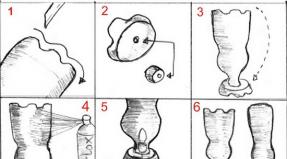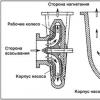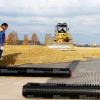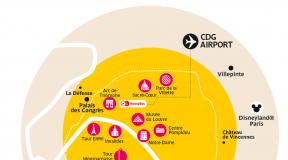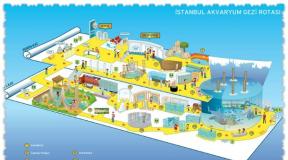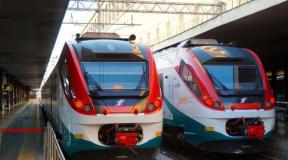Wiring options and wiring methods
During new construction or during renovation works choice of option and method of laying electrical wiring becomes an important element of preparation for the production of electrical work. Particularly in residential buildings, the way electrical wiring is laid can affect the appearance of the room and the design solutions applied.
In production, the selection of options is carried out based on the purpose, temperature and other parameters of technical premises, which may have high humidity, fire or explosion hazard, chemically active environment. Thus, the method of laying electrical wiring correlates with both the environmental conditions and the technical characteristics of the building object. Be that as it may, without and, as well as electricians who lay and repair them, there would be much less light in the world. In the construction industry, electrical wiring refers to a complex of fasteners, wires and supporting parts.
There are several types of wiring: hidden, external, open, and external, in turn, can be both hidden and open. When choosing between these options, it is necessary to take into account in which environment (rooms) they will be operated: normal, humid, dry, hot, damp, dusty, with fire and explosive or chemically active environments.
The design of lighting networks, as well as the method of installation is also determined by the degree of flammability of building materials of the building on which the wires will be mounted. Among other things, for the reliability of the operation of electrical wiring, it is of great importance that they are laid in buildings.
Open wiring
One of the most common types of installation of lighting networks is conventional open-type electrical wiring, which can be laid along supports, ceilings, wall areas and other structural parts of buildings. Moreover, the laying of such electrical wiring is carried out in several ways: in metal or polyethylene pipes, along the area of \u200b\u200bwalls and building structures, on floors along cables, strings, rollers, in boxes and on special trays.
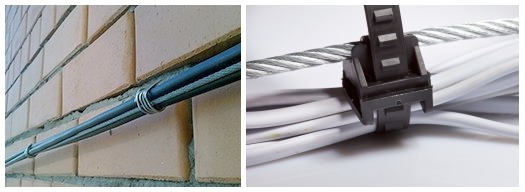
string wiring are usually used to equip distribution, trunk lines in power networks and lighting from the outside and inside of the premises. Cables in string electrical wiring are suspended on a steel string, closely attached to the protrusions of various building elements.
Electrical wiring with protective cables by the area of walls, ceilings, on special tapes and strips. For fastening to walls and ceiling surfaces, brackets are used, installed on expansion dowels and screws, and branch boxes are used for connection.
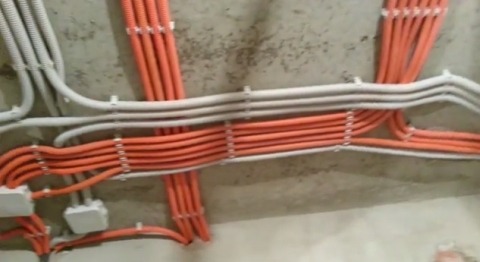
Electrical wiring in polypropylene and polyethylene pipes can be laid both hidden and open, incl. in special channels of various building elements, in the floors of buildings. Non-metallic pipes are used if the maximum allowable temperature does not exceed 60 degrees Celsius, so they are usually not used in hot shops where steel pipes are usually laid.
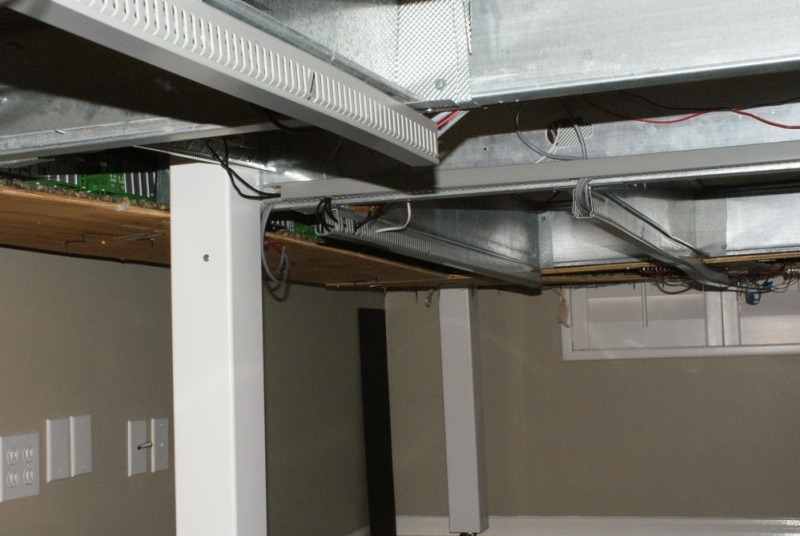
It is used when a large number of cables, the flows of which are problematic to install by other methods, have to be laid along one route. The advantages of this method of laying electrical wires include the fact that it allows you to change the cable passage patterns without any special labor costs, which is especially important in conditions of regular change of equipment and technologies.
Concealed wiring
It is usually laid inside foundations, ceilings, etc. Laying, as a rule, can be carried out in plastic or steel pipes, as well as flexible hoses, boxes or voids of various building elements and structures. The most time-consuming and costly, but at the same time, a decorative version of hidden wiring is its laying inside the wall and partition ceilings in the provided voids.
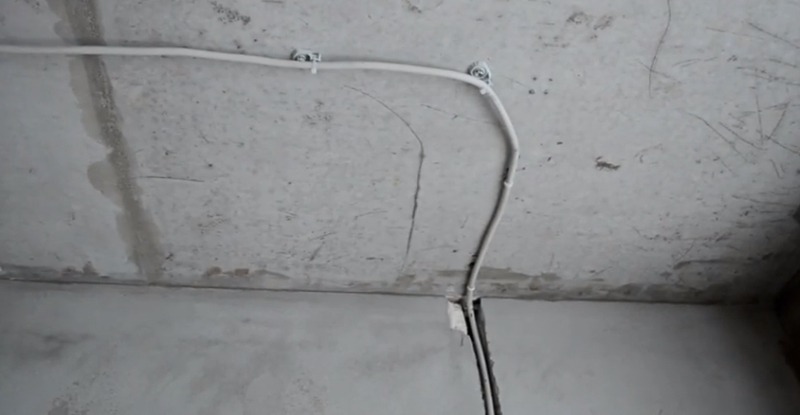
A simpler way is to lay wires along walls and ceilings in grooves and grooves made by means of a perforator - strobes. In this case, the cables are passed into a flexible PVC tube, which protects the wires from damage during installation and operation.
Many lay hidden wiring directly on the surface of ceilings and walls, securing it with nails and alabaster. During the finishing, the wires are covered with a layer of putty or plaster leveling the wall. This option is also considered safe due to the high fire resistance of finishing materials, but is inconvenient if it is necessary to repair or dismantle electrical wiring.
One of the most common applications of hidden electrical wiring is its use to power "home theaters" - electrically complex systems consisting of video and audio components interconnected by different types of cables. When buying a home theater, its new owner immediately faces the question of competent laying of hidden wiring to power audio and video components with a voltage of 220 volts and speaker cables. This usually requires the use of an integrated approach that takes into account the features of the room layout and design of the premises and the amount of money available.
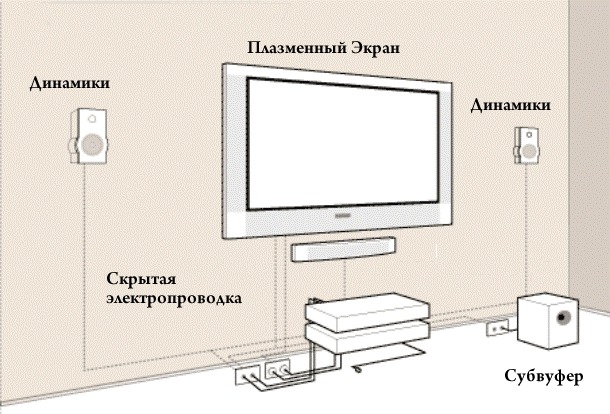
In order to lay hidden wiring under the cinema, it is necessary to cut a section of the wall from the receiver to the speakers and hide the wiring in it by making special screw terminals for each of the speakers. The common screw-type terminal is usually placed behind the receiver, and the subwoofer will need to be wired from the receiver, laid in an open wiring way.
The considered methods and options for electrical installation of networks give an idea of the variety of electrical wiring used for the qualified conduct and marking of electrical work. Tellingly, each of the described methods for performing electrical installation has its own scope and features of application in the context of the conditions of the external and internal environment of the room, the modern building materials and technologies used.


